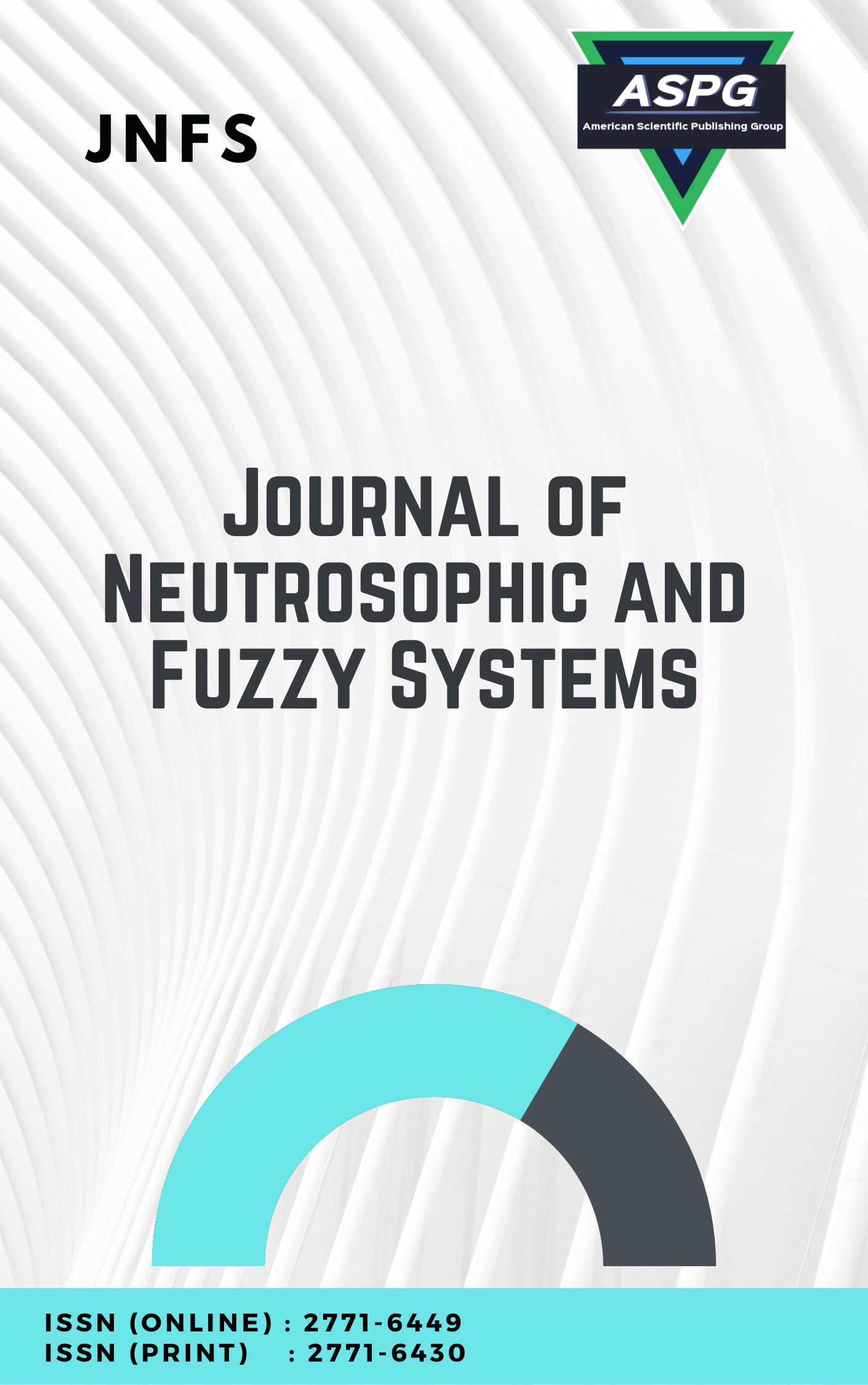

Radiological Examination of teeth is a primary step that a dentist usually takes to diagnose the problem before further treatment. The diagnosis involves searching for diseases ranging from cavities to tumors, So, correct diagnosis is vital for timely and precise treatment. This paper attempts to solve one of the elementary steps in diagnosis i,e, Labeling of Teeth, using Region-Based Convolutional Neural Networks that help reduce monotonous work for a dentist and provide segments of each tooth for further diagnosis of diseases with the use of Mask R-CNN. We used 200 panoramic X-Ray images of 4 categories to train, test and validate the model. Mask R-CNN with pre-trained weights of COCO Dataset is employed. We further tuned the weights of the dental X-ray dataset considered in the paper for better performance. On testing the learned model, the performance measures were encouraging.
Read MoreDoi: https://doi.org/10.54216/JNFS.020202
Vol. 2 Issue. 2 PP. 20-30, (2022)
Recently, Turiyam set is introduced for dealing the fourth dimensional data sets. These types of data sets exists when an expert unable to categorize them in Euclidean, Non-Euclidean, Hybrid or NeutroGeometry. To deal with these types of data set Turiyam matrix and its algebra is required. Hence the current paper introduce the concept of Symbolic Turiyam R-module as a generalization of the corresponding neutrosophic one by using the algebra of symbolic Turiyam set. The paper also presents concept pf finite Turiyam modulo integer and illustrate many examples to show and clarify the validity of this work.
Read MoreDoi: https://doi.org/10.54216/JNFS.020201
Vol. 2 Issue. 2 PP. 8-19, (2022)
Stroke, also known as a brain attack, happens when the blood vessels are blocked by something or when the blood supply to the brain stops. In any of these cases, the brain becomes damaged or dies. Our brain controls every action in our body, like how many hormones are produced and released, breathing, memory, and everything. If the flow of blood to the brain gets occluded, then the cells in the brain start to die within a moment due to the lack of oxygen. This eventually causes strokes. Stroke is one of the most common causes for death globally. According to the World Health Organization (WHO), stroke is responsible for 11% of global deaths. So, in this paper, we propose a novel machine learning model with supervised learning techniques that can predict whether a person is likely to get a stroke or not by taking medical inputs such as medical risk factors which can cause strokes like smoking status, heart disease, glucose value, and hypertension. This paper compares various state-of-the-art machine learning algorithms, such as the Support Vector Machine (SVM), random forest, KNN algorithms, etc. Our simulation results show that the proposed scheme increases accuracy significantly (94.6%) and improves system performance.
Read MoreDoi: https://doi.org/10.54216/JNFS.020203
Vol. 2 Issue. 2 PP. 31-43, (2022)
In peer-to-peer (P2P) lending, borrowers would access loans with lower interest rates than what they usually got from traditional lenders. People can directly borrow from the P2P platform with the rules that make them easy to borrow loans and invest free funds into P2P, which can benefit both borrowers and lenders. However, the easy way to borrow loans comes with risks. One of the major issues is that borrowers may default on the loan taken. In such cases, they can get loans quickly from P2P online platforms without any bank interferences. Thus, the lender can calculate his risk for loan default. In this project, we consider the P2P lending data to predict the loan default reassuring the lender to continue providing loans in the future. In our analysis, we consider the Logistic Regression, Naive Bayes, Random Forest, K Nearest Neighbour, and Decision tree to classify loan data based on their likelihood of default. The simulation result in our algorithm provides a significant accuracy of 94.6%.
Read MoreDoi: https://doi.org/10.54216/JNFS.020204
Vol. 2 Issue. 2 PP. 44-56, (2022)
This paper shows the equitable domination in neutrosophic graphs. In this proposed work, equitable neigh-bourhood of a vertex and equitabe degree are defined. Minimal neutrosophic dominating sets, minimal and maximal equitable independent sets,strong and weak equitable dominating sets in neutrosophic graphs are likewise settled. A few hypotheses on equitable domination in neutrosophic graphs are inferred with numeri-cal examples.
Read MoreDoi: https://doi.org/10.54216/JNFS.020205
Vol. 2 Issue. 2 PP. 57-61, (2022)